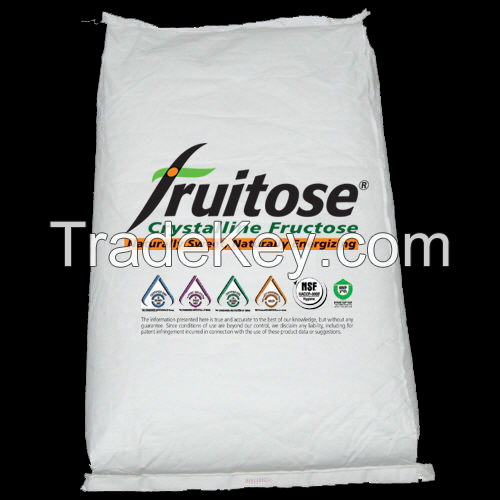Description
Fructose, or fruit sugar, is a simple ketonic monosaccharide found
in many plants, where it is often bonded to glucose to form the
disaccharide sucrose. It is one of the three dietary
monosaccharides, along with glucose and galactose, that are
absorbed directly into the bloodstream during digestion. Fructose
was discovered by French chemist Augustin-Pierre Dubrunfaut in
***7.[4][5] The name "fructose" was coined in ***7 by the English
chemist William Miller.[6] Pure, dry fructose is a very sweet,
white, odorless, crystalline solid and is the most water-soluble of
all the sugars.[7] From plant sources, fructose is found in honey,
tree and vine fruits, flowers, berries, and most root
vegetables.
Commercially, fructose is frequently derived from sugar cane, sugar
beets, and corn. Crystalline fructose is the monosaccharide, dried,
ground, and of high purity. High-fructose corn syrup (HFCS) is a
mixture of glucose and fructose as monosaccharides. Sucrose is a
compound with one molecule of glucose covalently linked to one
molecule of fructose. All forms of fructose, including fruits and
juices, are commonly added to foods and drinks for palatability and
taste enhancement, and for browning of some foods, such as baked
goods.
